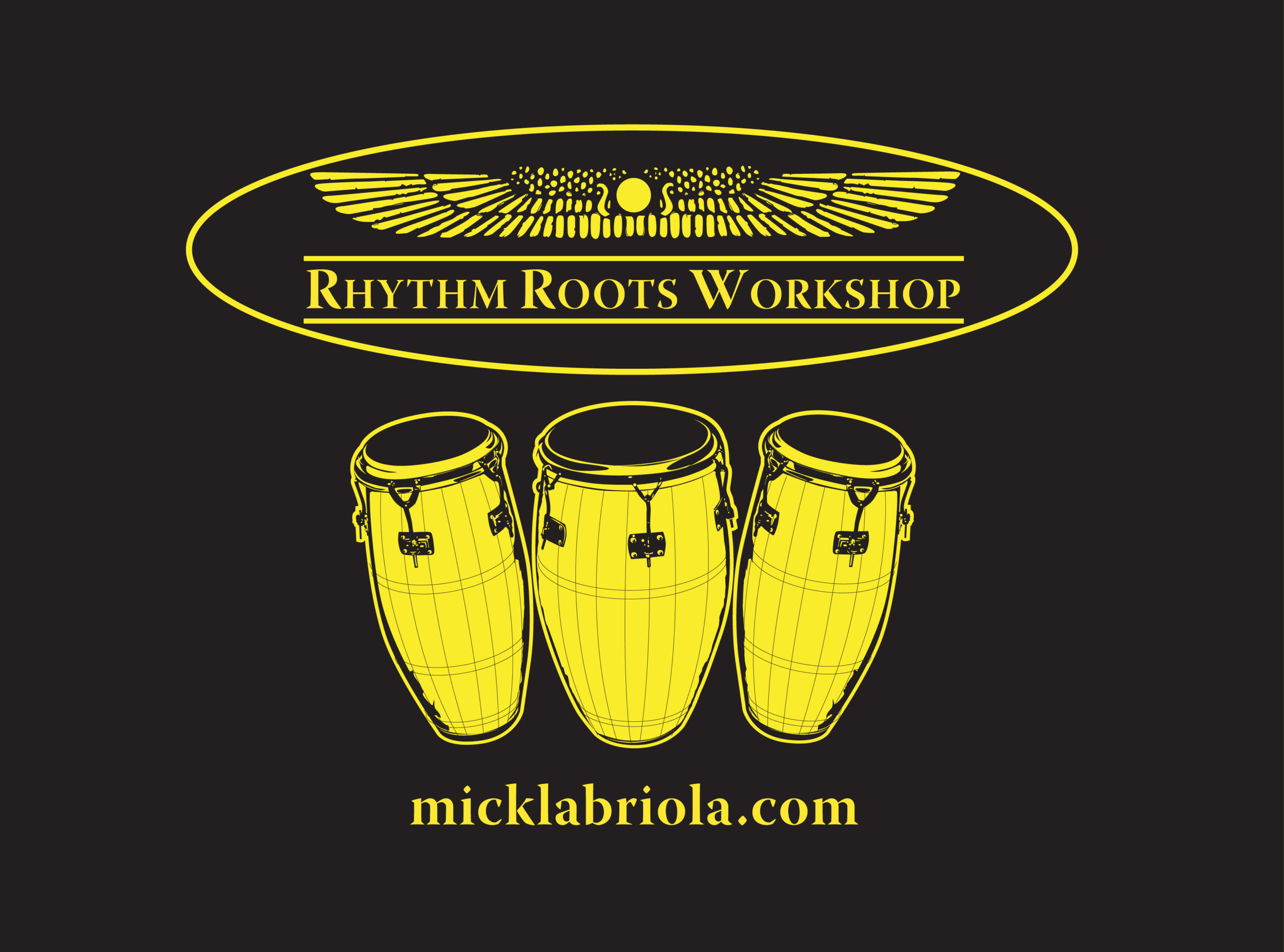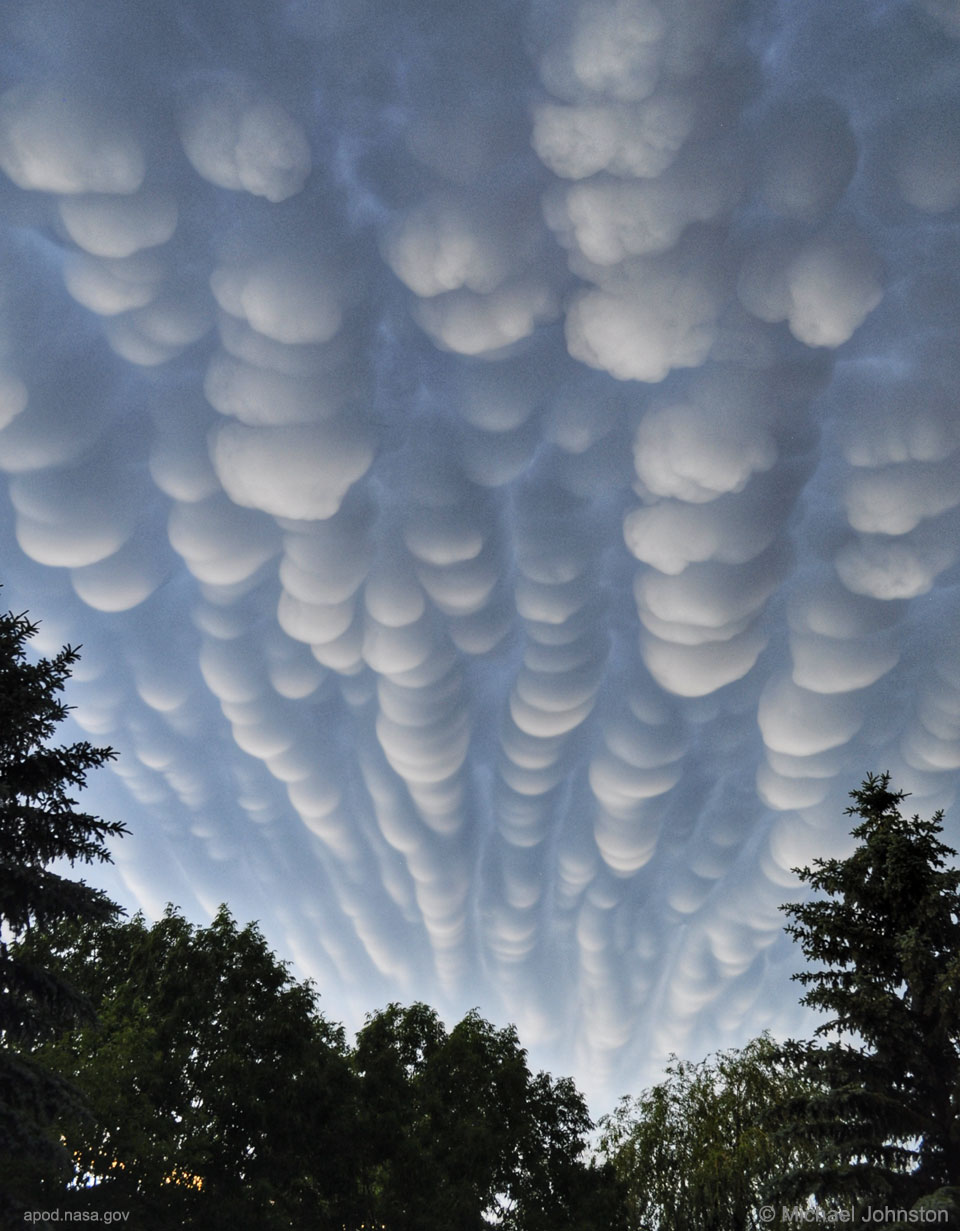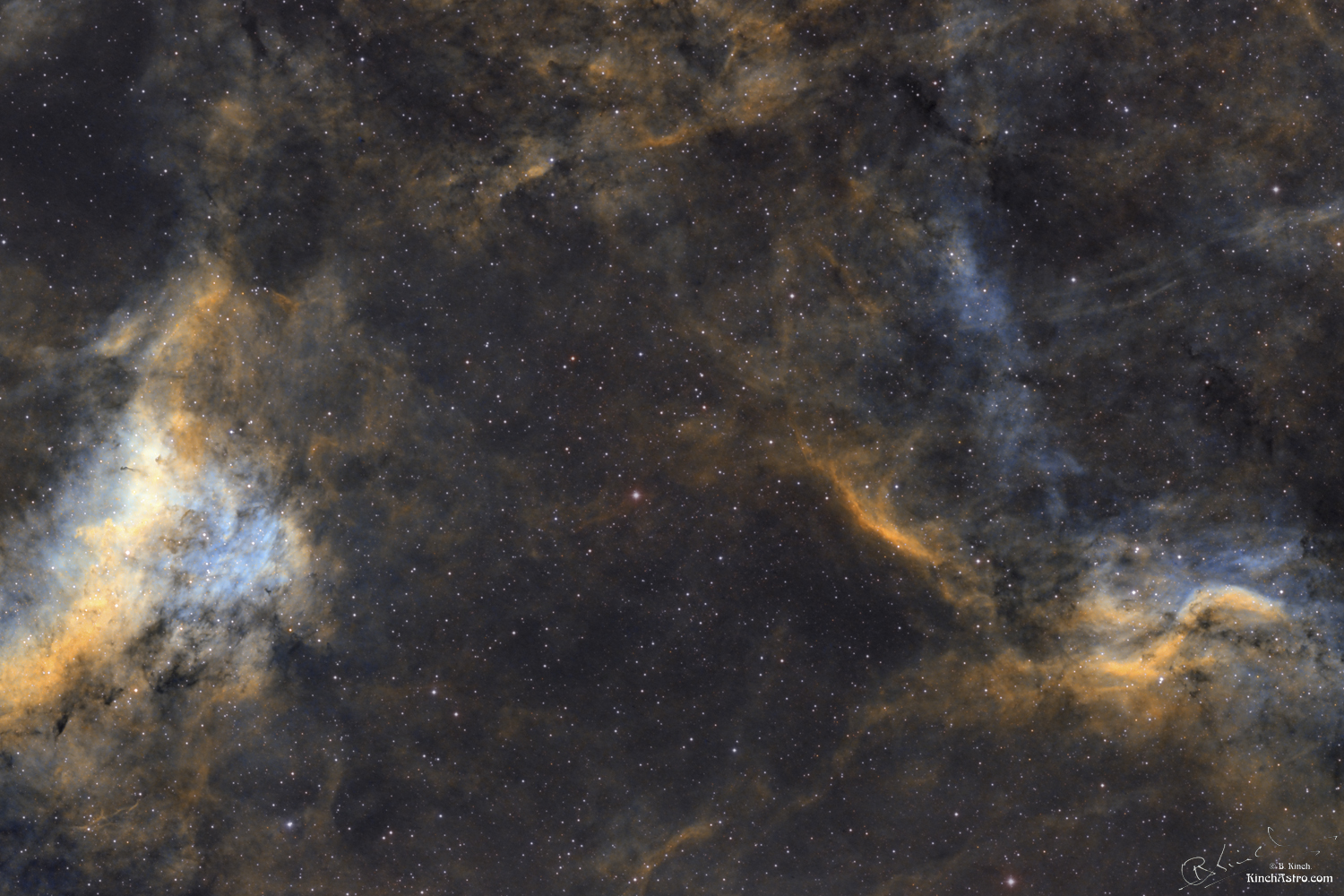Blog
Alvis Edgar Owens Jr. (August 12, 1929 – March 25, 2006 Sherman, TX), known professionally as Buck Owens, was an American musician, singer, songwriter and band leader. He was the front man for Buck Owens and the Buckaroos, which had 21 No. 1 hits on the Billboard country music charts. He pioneered what came to be called the Bakersfield sound, named in honor of Bakersfield, California, Owens’ adopted home, and the city from which he drew inspiration for what he preferred to call “American music”.
While the Buckaroos originally featured a fiddle and retained pedal steel guitar into the 1970s, their sound on records and onstage was always more stripped-down and elemental. The band’s signature style was based on simple story lines, infectious choruses, a twangy electric guitar, an insistent rhythm supplied by a prominent drum track, and high, two-part vocal harmonies featuring Owens and his guitarist Don Rich.
From 1969 to 1986, Owens co-hosted the popular CBS television variety show Hee Haw with Roy Clark (syndicated beginning in 1971). According to his son, Buddy Alan (Owens), the accidental 1974 death of Rich, his best friend, devastated him for years and impacted his creative efforts until he performed with Dwight Yoakam in 1988.
Owens is a member of both the Country Music Hall of Fame and Nashville Songwriters Hall of Fame.
more...Joseph Charles Jones (August 12, 1926 – November 27, 2005) was an American R&B singer, songwriter and arranger, who was born in New Orleans, Louisiana. Jones is also generally credited with discovering the Dixie Cups. He also worked with B.B. King. As a singer, Jones had his biggest hit in the form of the Top Five 1960 R&B hit “You Talk Too Much“, which also reached No. 3 on the Billboard Hot 100 chart.
Jones served in the U.S. Navy, where he played piano in a band, before studying music at the Juilliard Conservatory of Music. He formed a band, Joe Jones and his Atomic Rebops, in the late 1940s; band members played on Roy Brown‘s 1947 hit “Good Rocking Tonight“. He was expelled from the New Orleans local chapter of the American Federation of Musicians for attempting to set up a rival organization but was later reinstated.Jones became a valet, then pianist and arranger for B.B. King. He recorded his first solo single, “Adam Bit the Apple”, for Capitol Records in 1954. He also discovered Shirley and Lee, whose recording of “Let the Good Times Roll” became a hit in 1956. In 1960, a re-recording of a song he had first recorded in 1958 for Roulette Records, “You Talk Too Much,” became a national success, but his subsequent releases were less successful.
Jones claimed to have composed many songs, including the song “Iko Iko.” Although his assertions were originally successful, a federal jury and then Court of Appeals ruled that Jones did not write “Iko Iko,” that his claims were fraudulent, and that the true writers were the band he managed, the Dixie Cups (the true original recording of this song had been released as Checker 787 by New Orleans singer and pianist Sugar Boy Crawford and his Cane Cutters in late 1953). The band hired music attorney Oren Warshavsky, who had previously won a case demonstrating that Jones falsely professed ownership of another Mardi Gras classic song, “It Ain’t My Fault.” Jones also failed in his bid to declare title (though not as an author) to yet another Mardi Gras classic song, “Carnival Time.” He also recorded the original “California Sun” on Roulette Records in 1961, which was made a hit by the Rivieras in 1963.
He later moved into music publishing, and worked tirelessly for the rights of fellow R&B acts. In 1973 Jones set up a company in Los Angeles, California, making advertising jingles.
In 2021, the Dixie Cups’ Rosa Lee Hawkins revealed that she had been sexually abused by Jones but has not let the painful memory sour her love of singing with The Dixie Cups. “We love what we do and that’s coming from our heart. When we walk onstage to perform, we leave him behind. We leave his memory behind. The only time we talk about him is if somebody calls and says they want to do an interview. We know Joe is a so-and-so, but we have to realize it was him that, as they say, discovered us on that talent show, so that’s all he deserves. He stole from us. We got one royalty check. I think it was $423 apiece.”
more...Harold “Doc” West (August 12, 1915, Wolford, North Dakota, United States – May 4, 1951, Cleveland, Ohio, United States) was an American jazzdrummer. West learned to play piano and cello as a child before switching to drums. In the 1930s he played in Chicago with Tiny Parham, Erskine Tate, and Roy Eldridge (1937–38). Late in the 1930s he filled in for Chick Webb when Webb was unable to lead his own orchestra. Early in the 1940s he played with Hot Lips Page, and played on the early bebop scene at Minton’s Playhouse in New York City with Dizzy Gillespie, Charlie Parker, Tiny Grimes, and Don Byas. He played with Oscar Pettiford in 1944 and stood in for Jo Jones occasionally in Count Basie‘s orchestra.
West appears on recordings from Slam Stewart, Leo Watson, Wardell Gray, Billie Holiday, Erroll Garner, Big Joe Turner, and Jay McShann. He died in 1951 while on tour with Roy Eldridge.
more...The fourth is a series of Rhythm Roots Workshops at the MN VA Home Adult Day Center Memory Care Unit on the Fort Snelling campus in Minneapolis. Wednesdays 10am-noon.

Normally, cloud bottoms are flat. This is because moist warm air that rises and cools will condense into water droplets at a specific temperature, which usually corresponds to a very specific height. As water droplets grow, an opaque cloud forms. Under some conditions, however, cloud pockets can develop that contain large droplets of water or ice that fall into clear air as they evaporate. Such pockets may occur in turbulent air near a thunderstorm. Resulting mammatus clouds can appear especially dramatic if sunlit from the side. The mammatus clouds pictured here, lasting only a few minutes, were photographed over Regina, Saskatchewan, Canada, just after a storm in 2012.

Thornetta Davis (born August 11, 1963) is an American Detroit blues and rhythm and blues singer. She has opened for Bonnie Raitt, Gladys Knight, and Etta James, and sang backing vocals on Bob Seger‘s 1991 album, The Fire Inside. She also worked with Kid Rock and Alberta Adams, and has released two full-length solo albums. Davis was born in Detroit, Michigan, United States.
After entering a local talent contest at the age of 15, Davis went on to join the group Jas which disbanded in 1983 and then she, and another former member of Jas, and two of her high school friends formed Chanteuse, a vocal group covering old R&B hits. She was recruited as a backing vocalist by Lamonte Zodiac & the Love Signs, a local soul group based outfit, who later became the Chisel Brothers. By 1991, Davis had moved on to back up singing for Big Chief, who recorded a couple of albums for the Sub Pop label. Following the group disbanding, Davis was signed to a solo recording contract with the same label, and issued an EP, Shout out to the Dusthuffer (1995), and the following year she released her first solo album Sunday Morning Music. One reviewer commented “Davis’ singing is just wonderful – she’s got a rich, warm voice”. A song from the album, “Cry”, was used in the “Isabella” episode of the HBO television drama, The Sopranos.Earlier in 1992, Davis had appeared at the Ann Arbor Blues and Jazz Festival, and sang on stage with Bonnie Raitt and Katie Webster.
more...Eldridge Freeman (August 11, 1921 – 2006), also known as “Buzz” Freeman or “Bruz” Freeman, was an American jazz drummer.
Born in Chicago, with his brothers, guitarist George Freeman and tenor saxophonist Von Freeman, he played for several years in the house band at the Pershing Hotel. He was also the uncle of Chico Freeman, the son of Von Freeman.
In 1950, he was a member of John Young‘s trio with LeRoy Jackson on bass, and recorded with Young’s orchestra backing vocalist Lurlean Hunter.
In the mid-1950s, he was a member of the Hampton Hawes Quartet, with Red Mitchell and Jim Hall, and with line-ups led by Herb Geller. In 1950, with his brothers George and Von (originally misidentified as Claude McLin), LeRoy Jackson, and Chris Anderson, he played with Charlie Parker shortly before his death, at a jam session recorded at Bird’s apartment which was released in 1960 by Savoy.
more...DWB 111, also known as the Propeller Nebula is a hydrogen-alpha emission nebula in Cygnus. The propeller shape is actually a small portion of a much larger emission nebula. The distance to the nebula is not known.

more...
Ian Scott Anderson MBE (born 10 August 1947) is a Scottish musician, singer and songwriter best known for his work as lead vocalist, flautistand acoustic guitarist of British rock band Jethro Tull. He is a multi-instrumentalist who, in addition to flute and acoustic guitar, plays keyboards, electric guitar, bass guitar, bouzouki, balalaika, saxophone, harmonica, and a variety of whistles. His solo work began with the 1983 album Walk into Light; since then he has released another five works, including the sequel to the Jethro Tull album Thick as a Brick (1972) in 2012, entitled Thick as a Brick 2.
Ian Anderson was born in Dunfermline, Fife, Scotland, the youngest of three brothers. His father, James Anderson, ran the RSA Boiler Fluid Company in East Port, Dunfermline. Anderson’s family moved to Edinburgh when he was three. He was influenced by his father’s big band and jazz records and the emergence of rock music, but was disenchanted with the “showbiz” style of early American rock and roll stars like Elvis Presley.
more...Charles H. Israels (born August 10, 1936) is a composer, arranger, and bassist who is best known for his work with the Bill Evans Trio. He has also worked with Billie Holiday, Benny Goodman, Coleman Hawkins, Stan Getz, Herbie Hancock, J. J. Johnson, John Coltrane, and Judy Collins.
Born in New York City, Chuck Israels was raised in a musical family which moved to Cleveland, Ohio when he was 10. His stepfather Mordecai Bauman was a singer who performed extensively with composer Hanns Eisler. He, along with Israels’ mother, Irma Commanday, created a home environment in which music was a part of normal daily activity. Paul Robeson, Pete Seeger, and The Weavers were visitors to the Bauman home. In 1948, the appearance of Louis Armstrong‘s All Stars in a concert series produced by his parents gave him his first opportunity to meet and hear jazz musicians.
In college, Israels had the opportunity to perform with Billie Holiday. His first professional job after college was working with pianist Bud Powell in Paris. His first professional recording was Stereo Drive (aka Coltrane Time) with John Coltrane, Cecil Taylor, Kenny Dorham, and Louis Hayes. The recording showcased Israels as a composer with his composition “Double Clutching”. Israels is best known for his work with the Bill Evans Trio from 1961 through 1966 and for the Jazz Repertory as Director of the National Jazz Ensemble from 1973 to 1981. He made recordings with Kronos Quartetand Rosemary Clooney in 1985. He was the Director of Jazz Studies at Western Washington University in Bellingham, Washington until 2010. In 2011, he created the Chuck Israels Jazz Orchestra and recorded Second Wind: A Tribute to the Music of Bill Evans in 2013.
Humphrey Lyttelton, presenting Jazz 625 in 1965, said that Israels was “a superb technician who handles the double bass as easily as if it were a guitar…Chuck Israels is one of the reasons why musicians have come reeling away from performances by the Bill Evans Trio in a mood poised between elation and utter despair.”
more...Gertrude E. “Trudy” Pitts (August 10, 1932 – December 19, 2010) was an American soul jazz keyboardist from Philadelphia, Pennsylvania. She was known primarily for playing the Hammond B3 organ.
Trained as a musician and a music educator, Pitts studied at the Philadelphia Musical Academy, Temple University and Juilliard, as well as other institutions. Early work experience included a position as an assistant to the pianist in the Tony Award-winning musical Raisin.
At the end of the musical’s tour, she was encouraged by her husband (who had worked with Shirley Scott as a drummer) to continue developing her repertoire.
In 1967, the Boston Globe printed a piece calling her a rising star and complimented her drawbar variation, vibrato shadings, and bass pedal work.
Trudy, and her husband, William Theodore Carney II, aka Mr. C. produced and performed at many festivals and venues together; such as The Mellon Jazz Festival Organ Jams (produced by Mr. C. and Trudy), the Mary Lou Williams Jazz Festival, San Jose Organ Festival, Cliveden Jazz Festival, West Oak Lane Jazz Festival. Together they produced the “Jazz in the Sanctuary” concerts. Which featured musicians such as Grover Washington, Jr., Etta James, Houston Person, Benny Golson, and Lionel Hampton.
more...Arnett Cleophus Cobb (August 10, 1918 – March 24, 1989) was an American jazz tenor saxophonist, sometimes known as the “Wild Man of the Tenor Sax” because of his uninhibited stomping style. Cobb wrote the words and music for the jazz standard “Smooth Sailing” (1951), which Ella Fitzgerald recorded for Decca on her album Lullabies of Birdland.
Cobb then started his own seven-piece band, but suffered a serious illness in 1950, which necessitated spinal surgery. Although he re-formed the band on his recovery, in 1956 its success was again interrupted, this time by a car crash. This had long-term effects on his health, involving periods in the hospital, and making him permanently reliant on crutches. Nevertheless, Cobb worked as a soloist through the 1970s and 1980s in the U.S. and abroad. As late as 1988 he played with Jimmy Heath and Joe Henderson in Europe. He died in his hometown, at the age of 70 in 1989.
more...Clustered at the centre of this image are six luminous spots of light, four of them forming a circle around a central pair. Appearances can be deceiving, however, as this formation is not composed of six individual galaxies, but only three: to be precise, a pair of galaxies and one distant quasar. Hubble data also indicates that there is a seventh spot of light in the very center, which is a rare fifth image of the distant quasar. This rare phenomenon is caused by the presence of two galaxies in the foreground that act as a lens. These galaxies were imaged in spectacular detail by Hubble’s Wide Field Camera 3 (WFC3), which was installed on Hubble in 2009 during Hubble Servicing Mission 4, Hubble’s final servicing mission. The WFC3 was intended to operate until 2014, but 12 years after it was installed it continues to provide both top-quality data and fantastic images, such as this one. The central pair of galaxies in this image are genuinely two separate galaxies. The four bright points circling them, and the fainter one in the very center, are actually five separate images of a single quasar (known as 2M1310-1714), an extremely luminous but distant object. The reason behind this “seeing quintuple” effect is a phenomenon known as gravitational lensing. Gravitational lensing occurs when a celestial object with an enormous amount of mass — such as a pair of galaxies — causes the fabric of space to warp such that the light travelling through that space from a distant object is bent and magnified sufficiently that humans here on Earth can observe multiple magnified images of the far-away source. The quasar in this image actually lies further away from Earth than the pair of galaxies. The light from the quasar has been bent around the galaxy pair because of their enormous mass, giving the incredible appearance that the galaxy pair are surrounded by four quasars — whereas in reality, a single quasar lies far beyond them!

Jack DeJohnette (born August 9, 1942)[1] is an American jazz drummer, pianist, and composer.
An important figure of the fusion era of jazz, DeJohnette is one of the most influential jazz drummers of the 20th century, given his extensive work as leader and sideman for musicians including Charles Lloyd, Freddie Hubbard, Keith Jarrett, Bill Evans, John Abercrombie, Alice Coltrane, Sonny Rollins, Miles Davis, Joe Henderson, Michael Brecker, Herbie Hancock and John Scofield. He was inducted into the Modern Drummer Hall of Fame in 2007.
DeJohnette was born in Chicago, Illinois, to Jack DeJohnette (1911–2011) and Eva Jeanette Wood (maiden; 1918–1984) DeJohnette. Although of predominantly African American heritage, he has stated that he has some Native American ancestry, specifically Seminole and Crow. He began his musical career as a pianist, studying from age four and first playing professionally at age fourteen. He later switched focus to the drums. When Jack switched to drums he was also taught drumming techniques from a local jazz drummer who lived in the same neighborhood named Bobby Miller Jr. DeJohnette credits his uncle, Roy Wood, Sr. (1915–1995), a Chicago disc jockey and vice president/co-founder of the National Black Network of Black Broadcasters, as his inspiration to play music.
https://www.youtube.com/watch?v=VluEgxOY0as
more...More Posts
- El Fary
- Frank Rosolino
- World Music La Falfula Groove Iraqi
- Daily Roots Michael Prophet & Yabby You
- Cosmos UGC 11861
- Johnny Nash
- Fumio Hayasaka
- Eddie Durham
- Ginger Baker
- Jimmy Rowles
- World Music La Falfula Groove Iraqi
- Daily Roots King Tubby
- Pick Them Up
- Cosmos Perseid Borealis
- Enoch Light
- Antonio Saliari
- World Music Pandit Swapan Chaundhury and shri Pankaj Mishra
- Daily Roots The Aggrovators
- Woodstock Anniversary Day 3 2024
- Cosmos SPT-CL J0615−5746